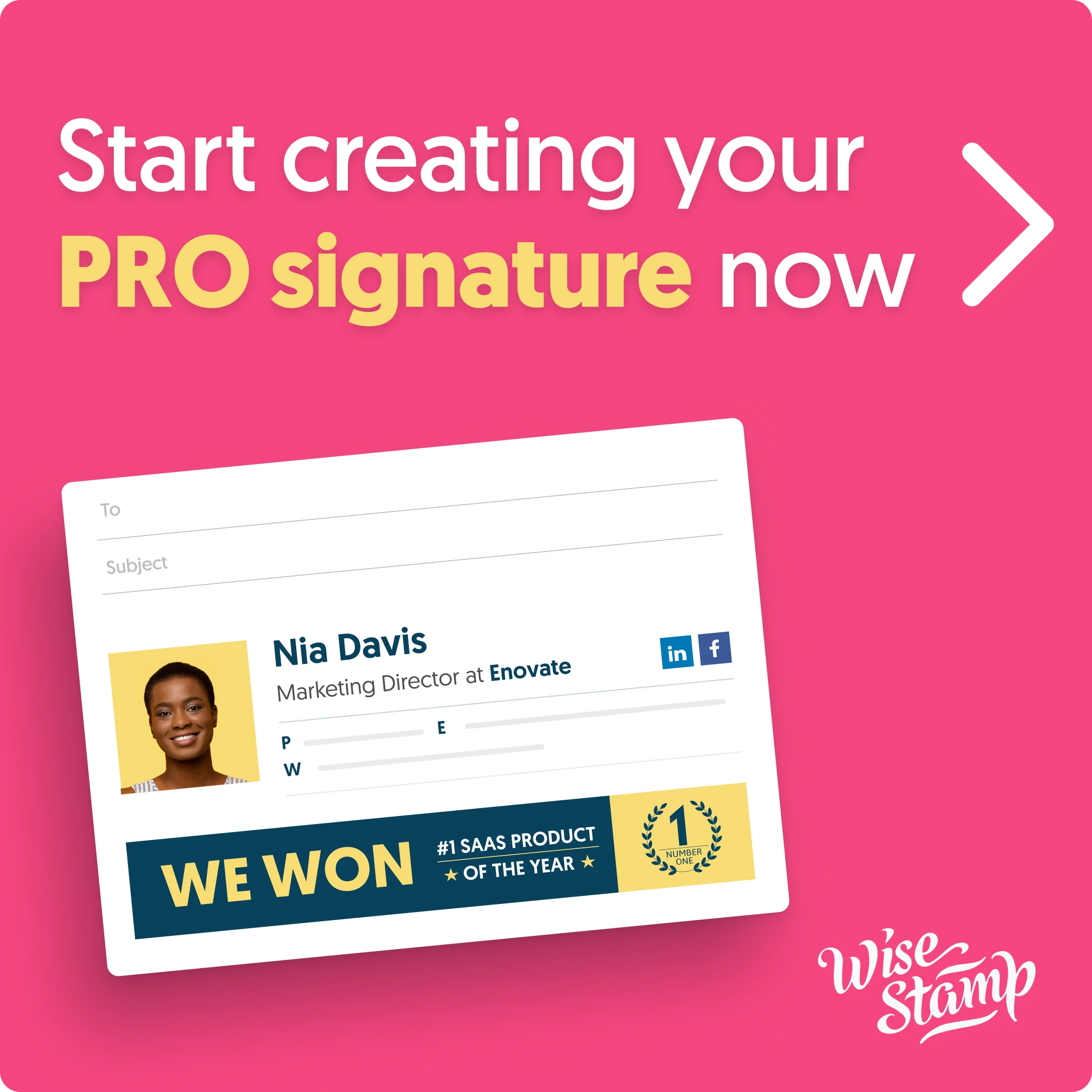Marketing activities that make an impact with real-life examples
Discover and learn all about marketing activities that boost brand reach and engagement in the digital world.
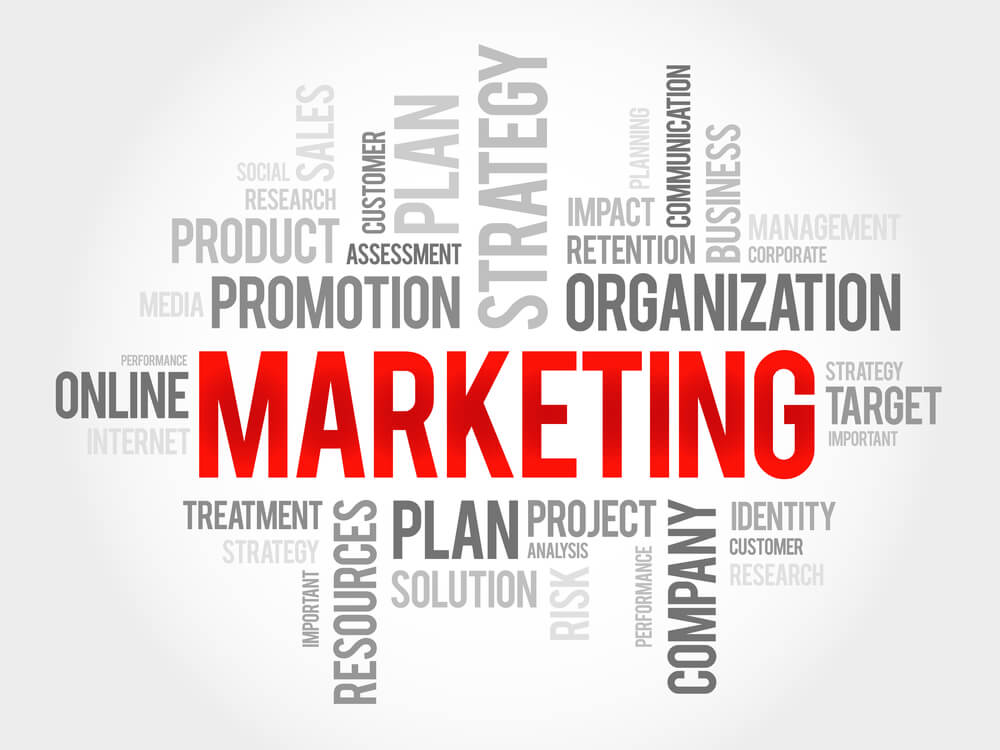
Whether you’re a seasoned marketer seeking insights or a business owner looking to improve your market presence, it’s critical to understand the essential marketing activities that help brands stay relevant, boost sales, and maintain a strong foothold in their markets.
In today’s competitive business environment, it’s vital to know how to navigate all kinds of marketing activities, from social media marketing (SMM) to lead generation to B2B marketing, in order to survive and thrive. We’re breaking down practical marketing activities and strategies that can revitalize your brand, drive sales, and solidify your market position.
Read on to explore effective tactics for sustaining and enhancing your brand’s impact and influence.
What are marketing activities?
Marketing activities include a diverse array of actions and strategies employed by organizations to promote their products, services, or brand to their target audience. These activities are central to achieving business objectives, such as increasing sales, building brand awareness, and fostering customer loyalty.
They are typically multifaceted and often involve a combination of traditional and digital techniques tailored to suit the specific goals of the company. Initiatives aimed at boosting sales, defining and promoting branding, lead generation, social media outreach, and B2B marketing are all classic examples of marketing activities.
Before we continue please take a moment to learn about the differences between digital marketing and general advertising methods:
Learn the differences between SEO, SEM, SMM, and SMO in the digital marketing world.
Learn all about ATL, BTL & TTL marketing strategies
Now let’s explore some of the most common marketing activities, along with real-world examples of them being utilized successfully.
Sales promotion activities
Sales promotion activities are marketing tactics designed to stimulate immediate sales or encourage specific customer behaviors. These short-term strategies are employed to entice potential buyers, retain existing customers, and boost overall sales. They are typically characterized by their temporary nature and often include various incentives and discounts. Here’s a closer look at sales promotion activities:
Limited-time offers
Creating a sense of urgency by promoting limited-time sales or exclusive deals can drive immediate action from customers. Also called scarcity marketing, these offers often put pressure on shoppers to pull the trigger and buy a product.
Beyond just the looming deadline, the perception of value is heightened. When customers believe they’re getting a unique deal or a price they might not see again, it amplifies the appeal of the purchase. This is especially effective when the offer is tied to high-demand products or services. The combination of a sought-after item at a discounted price, available only for a short period, becomes almost irresistible.
Etsy as a great example of limited time offers
Online marketplace Etsy frequently uses this technique, by displaying a message to users saying that there is “only 1 left” of a particular item or stating that a large number of people also have the product in their cart. This pressure causes users to feel that they need to make the purchase or they’ll end up missing out, which is a highly effective marketing strategy.
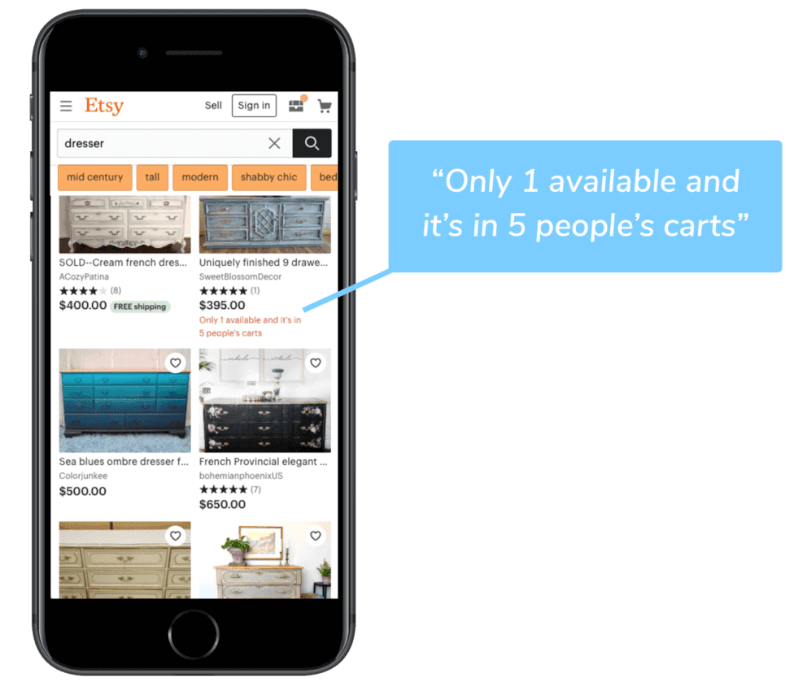
Loyalty programs
Rewarding loyal customers with points, discounts, or exclusive offers can foster repeat business and brand loyalty. Loyalty programs, at their core, are a mutual appreciation pact. While businesses reward customers for their repeated patronage, customers often feel valued and recognized, which in turn drives them to engage more with the brand. The mechanism of offering points, discounts, or even exclusive offers acts as an incentive, nudging the consumer to choose one brand over another competing entity.
The Starbucks rewards program
Starbucks Rewards boasts a staggering 40 million members worldwide. The program allows customers to earn rewards, such as free drinks and even merchandise, after a certain number of purchases. The initiative has proved to be a massive success for the coffeehouse chain, as it encourages customers to continue patronizing Starbucks, rather than its competitors, and make more frequent purchases.
Effective sales promotion activities are strategically planned, aligned with broader marketing objectives, and tailored to the target audience’s preferences and behaviors. When executed well, they can create a sense of excitement, drive sales growth, and strengthen brand engagement.
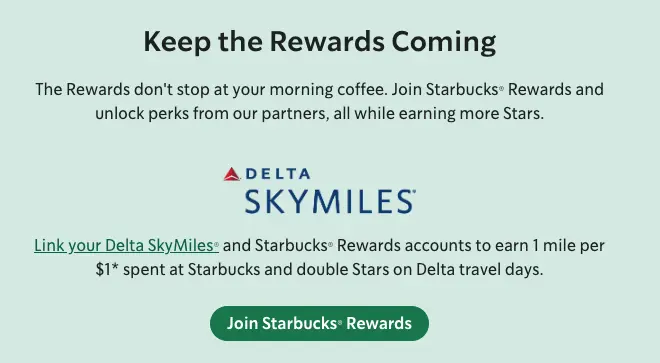
Branding activities
A brand identity goes far beyond a company’s logo or tagline; it encompasses the emotions, perceptions, and associations that consumers have with the brand. Companies leverage branding activities to establish and nurture a strong and distinctive brand identity that helps them stand out from the competition.
Some examples of branding activities include:
Content and storytelling to increase brand awareness and presence
Sharing brand stories and narratives that resonate with customers can establish an emotional connection, and build brand loyalty. This could look like reaching out to customers and explaining to them exactly how their purchases are having an impact, and framing their shopping with you as being in line with their values.
The TOMS example of brand awareness utilizing Non-profit activities
Footwear company TOMS has leveraged this strategy to great success, promoting the fact that for every pair of its shoes purchased, the company donates a free pair to a child in need. This makes customers feel as though they’re making the world a better place by buying from TOMS, and it gives the shoe company a major differentiator from its competitors in a crowded footwear market.
Learn all about Nonprofit marketing strategies

Rebranding, feedback, and adaptation
Continuously seeking customer feedback and adapting branding strategies based on market changes and customer preferences is essential for brand growth and relevance. If a company’s name, logo, and messaging are outdated, irrelevant, or have a negative connotation in today’s market, a business may decide to engage in a full rebranding. This means essentially relaunching their brand and reintroducing it to customers.
Marriott Hotels is rebranding the right way!
Marriott Hotels recently revealed its new subsidiary, Moxy Hotels. This division is aimed at attracting younger customers, featuring hip boutique locations with communal co-working or socializing spaces.
By using a new font, color scheme, and logo, Marriott was able to successfully push Moxy as a separate branch of their business, appealing to a different audience and expanding their business significantly.
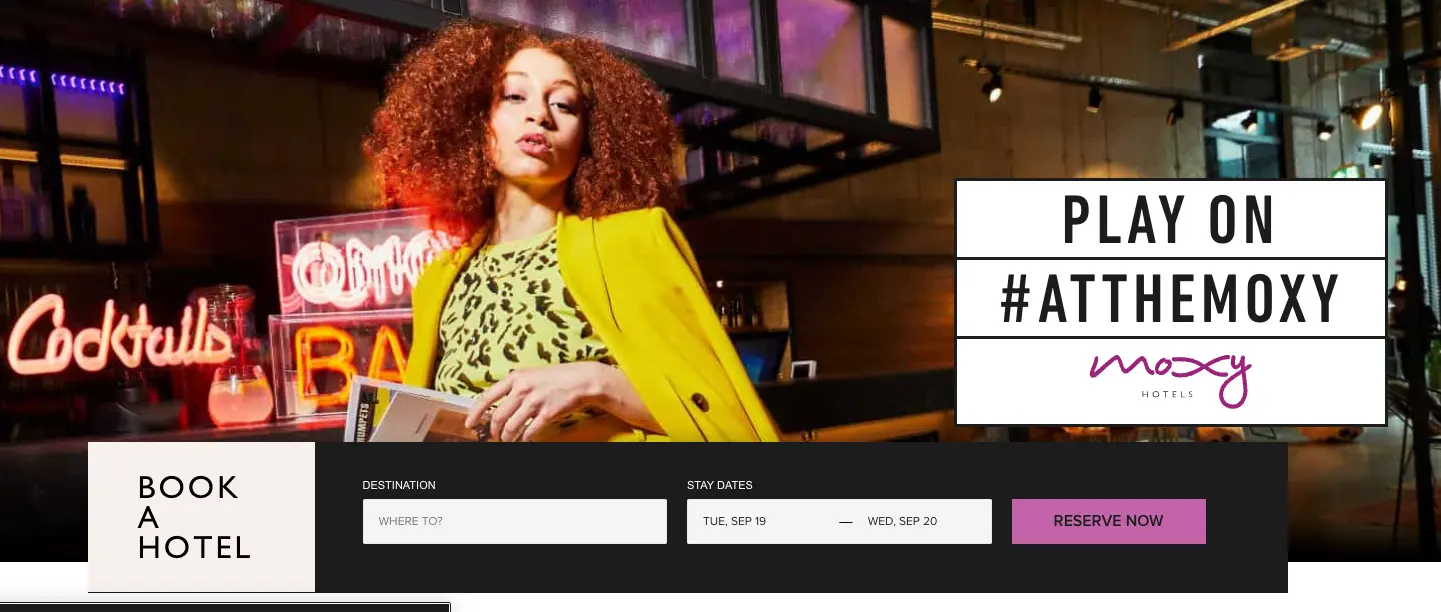
Lead generation activities
Lead generation activities are integral to the success of businesses across various industries. These activities are aimed at identifying and attracting potential customers or “leads” who have shown interest in a product, service, or brand. Lead generation plays a pivotal role in the sales and marketing funnel, ultimately driving revenue growth.
Keep in mind that generating a lead is only the first step. The real magic happens in nurturing these leads, and guiding them through a journey of discovery. Email campaigns, personalized follow-ups, and retargeting strategies can keep potential clients engaged. By consistently providing value and addressing their pain points, businesses can transform lukewarm prospects into fervent buyers.
A few examples of lead generation activities are:
Email marketing
Email marketing is a powerful tool in the digital world, acting as a direct channel of communication between businesses and their potential customers. This method is more than just sending out generic promotional messages. When done right, it’s about sending the right message to the right person at the right time. Crafting targeted email campaigns and newsletters allows businesses to nurture leads, build relationships, and guide them through the buying journey.
PayPal example of great email marketing activities
Even though it’s a major brand that’s a household name, PayPal for example has invested in unique, attention-grabbing email marketing. By reaching out to its existing users and those potentially interested in the benefits of this veteran FinTech platform, PayPal is able to reinvigorate its loyal customers and reach out to new audiences.
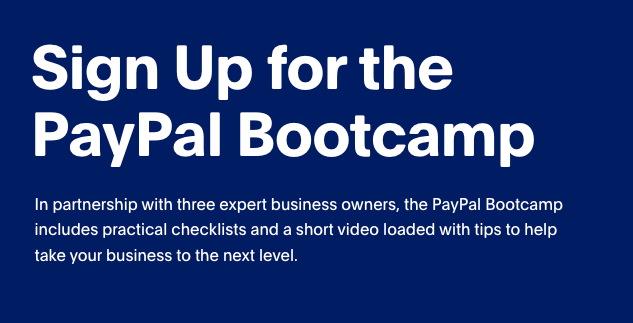
Search Engine Optimization (SEO)
Optimizing website content for search engines increases its visibility, making it easier for potential leads to discover a business online. At its core, SEO is about enhancing a website’s content and structure to make it attractive to search engines. But it’s not just about algorithms and rankings. It’s about understanding what users are searching for, the answers they seek, and presenting it to them in the most accessible and user-friendly manner.
Hugo Boss as an example of SEO marketing activities:
Hugo Boss for example decided to seriously invest in its SEO strategy, and within a short period of time, its online sales skyrocketed by a staggering 300%. Now, online sales and SEO success rates are such a fundamental part of the business strategy that these aspects are included in their annual reports. The company adopts a digital marketing approach that blends in-depth analysis with a well-organized campaign framework. Through comprehensive online research, we amass a wealth of knowledge. This vast information reservoir equips us to manage, synchronize, and execute all our SEO efforts seamlessly.
Hugo boss chart showing their SEO marketing activity’s impact
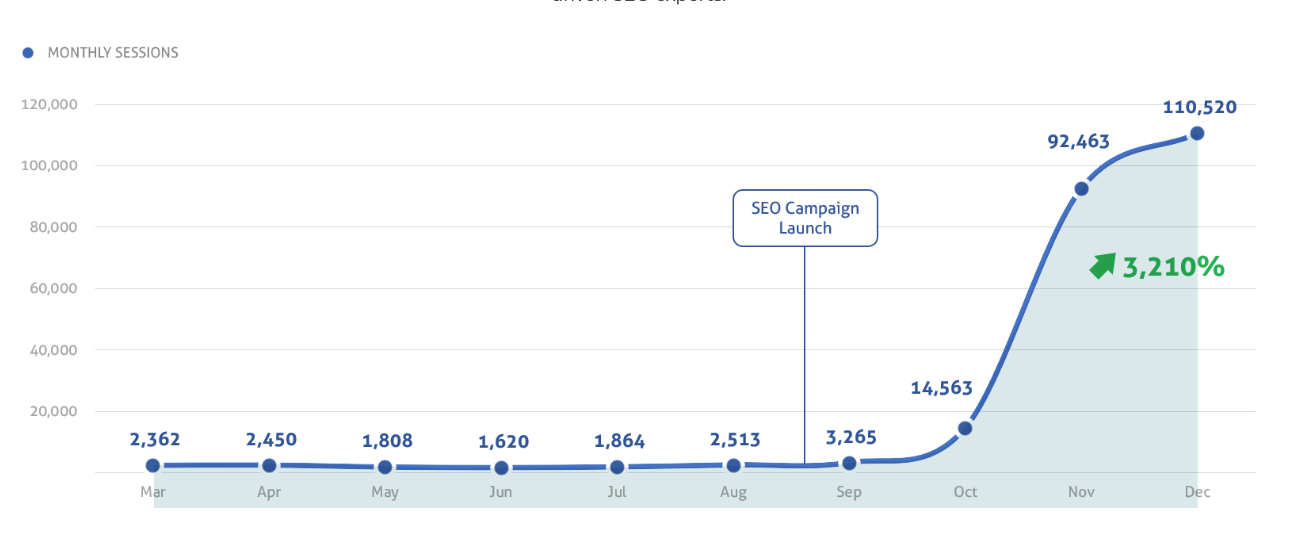
Photo by go blue media
Paid Advertising (PPC)
Running pay-per-click (PPC) advertising campaigns on platforms like Google Ads and Facebook Ads can quickly drive traffic and generate leads. One of the standout features of PPC campaigns is the ability to target specific demographics. Be it age, location, interests, or browsing behavior, advertisers can curate their audience meticulously. This precision ensures that ads are displayed to those most likely to engage, optimizing ad spend and boosting conversion rates.
Lead generation activities that have a real-world impact are built on a deep understanding of the target audience’s needs and preferences. By nurturing and qualifying leads, businesses can ultimately convert them into paying customers, driving revenue growth and long-term success.
Social media marketing activities
Social media marketing has become a cornerstone of modern business promotion, enabling brands to connect with their target audience, build brand awareness, and drive engagement. Social media provides businesses with a dynamic canvas to showcase their products, stories, and values. From visually captivating Instagram posts to informative Twitter threads and engaging Facebook videos, brands can tailor their content to resonate with specific audience segments, all while highlighting their unique identity.
Here are some key social media marketing activities that businesses commonly employ to harness the power of these platforms:
Content creation and sharing
Effective social media marketing starts with compelling content. Brands create and share a variety of content types, including text, images, videos, infographics, and blog posts. Content should be tailored to the platform and resonate with the target audience.
The RC Cola example for social media marketing activities
RC Cola created a quirky, unique advertisement for its latest soft drink offering in the Philippines, which was essentially designed to go viral. The campaign was a massive success. Users on Facebook shared the video millions of times, promoting the brand in the process. This also created an association in consumers’ minds between RC Cola and funny, out-of-the-box content, as well as raised general brand recognition in the country.
Influencer partnerships
Collaborating with influencers who align with your brand can amplify your reach. Influencers have dedicated followers who trust their recommendations, making them effective advocates for your products or services. Especially for brands that are interested in younger consumers, partnering with a well-known influencer can be a critical move for making headway with Gen Z.
Alix Earle, a TikTok star with more than 5 million followers, often partners with brands and promotes their products in her videos. Notably, a research firm found that just one video from Earle could cause Google searches for a product she mentions to spike by 100% – so it’s clear that businesses collaborating with the influencer can expect to see a major boost to their sales.
Audience engagement
Active engagement with followers is crucial. Responding to comments, messages, and mentions promptly helps build a sense of community and trust around your brand. Interaction can also include asking questions, conducting polls, and encouraging user-generated content.
Social media contests and giveaways
Running contests or giveaways can drive engagement and expand your reach. These activities encourage user participation and can be an effective way to collect user-generated content (UGC).
Community building
Building and nurturing online communities can foster brand loyalty. This can include creating Facebook Groups, and LinkedIn communities, or hosting Twitter chats around topics relevant to your industry.
Social media marketing is a dynamic field that continues to evolve as platforms and user behaviors change. Staying informed about the latest trends and adapting your strategy accordingly is essential to harness the full potential of social media for your brand.
MarCom activities
MarCom, short for Marketing Communications, encompasses a broad range of activities that focus on promoting a brand, product, or service to a target audience through various communication channels.
This multifaceted approach is crucial for businesses aiming to connect with customers, build brand awareness, and ultimately drive sales. Here are a few essential components of MarCom activities:
Public Relations (PR)
PR efforts aim to manage a brand’s public image and reputation. PR activities include media relations, press releases, crisis management, and building positive relationships with journalists, influencers, and stakeholders. After suffering from negative publicity due to running out of chicken at several of their UK locations,
KFC’s example of PR marketing activities
Fast food chain KFC decided to launch a PR “apology” campaign that addressed the controversy. KFC paid for a full-page ad in two of the UK’s most-read newspapers, offering a heartfelt mea culpa for the lack of chicken. The effort led to KFC winning three advertising industry awards, proving the power of PR to channel a negative event into a net positive for the brand.
Learn how KFC “did it”

video example by @CampaignLiveTV
Events and experiential marketing
Hosting or participating in events, trade shows, webinars, and experiential marketing campaigns allows brands to interact directly with their audience. These activities help create memorable experiences and build relationships.
JetBlue is an example of marketing with a Twist
Airline company JetBlue’s experiential marketing stunt in the heart of New York City was a huge boon to the brand. Knowing that New Yorkers would love to get away to a sunny destination during the dead of winter, JetBlue promoted their direct flights to Southern California by placing a giant block of ice at a major intersection. Passersby were invited to take axes to the ice, allowing them to potentially win prizes such as flight tickets to a desert destination, along with flip-flops, tennis rackets, and other items they’d need for a sun-soaked getaway.
B2B marketing activities
B2B (Business-to-Business) marketing activities are a specialized subset of marketing strategies and tactics tailored to target other businesses and organizations rather than individual consumers.
B2B marketing is often characterized by longer sales cycles, more complex decision-making processes, and a focus on building long-term relationships. Here are several key components of B2B marketing activities:
Account-Based Marketing (ABM)
Account-Based Marketing (ABM) is a fresh way of looking at marketing, especially in the B2B world. Instead of trying to reach many potential clients at once, ABM zooms in on a few important ones. By doing this, companies can design special marketing campaigns that fit the unique needs and goals of each chosen business.
This approach is like crafting a custom suit for each client, ensuring it fits perfectly. ABM also helps in building strong ties with the main people making decisions in these selected companies. For instance, WiseStamp.com, a leading email signature software solution, uses ABM to create specialized campaigns for businesses wanting to enhance their professional image through branded email signatures. This way, they target the right audience with the right message.
Create a personal email signature for free or use WiseStamp to create company-wide email signatures for your organization

Content syndication and partnerships
B2B marketers often collaborate with industry partners or use content syndication to reach a wider audience. Sharing content through trusted channels can enhance brand visibility and credibility.
Cybersecurity company McAfee launched its own podcast, called Hackable, in 2017. The program has been downloaded over 1 million times, and often hosts cybersecurity industry thought leaders and major voices in the space.
While the podcast doesn’t directly promote McAfee, it helps cement the company’s reputation as one of the leading forces in the cybersecurity industry and raises awareness around the brand.
Customer Relationship Management (CRM)
B2B marketers rely on CRM systems to manage leads and nurture them through the sales funnel. These tools help maintain and strengthen client relationships, ensuring long-term business partnerships.
Inbound marketing activities
Inbound marketing activities represent a customer-centric approach to marketing that emphasizes attracting, engaging, and delighting potential customers through valuable content and interactions.
Unlike traditional outbound marketing, which pushes messages to a broad audience, inbound marketing seeks to pull in leads and prospects who are actively seeking information or solutions related to the brand’s offerings. Several fundamentals of inbound marketing activities include:
Content creation
Content is at the core of inbound marketing. Businesses produce blog posts, articles, videos, infographics, ebooks, and other valuable content that addresses the questions, pain points, and interests of their target audience. This content helps establish the brand as an industry authority and draws in potential customers.
The Colgate example for content creation as a marketing activity
Toothbrush company Colgate created an extensive database of content around oral hygiene and health, providing consumers with free access to articles on everything from orthodontia to cracked teeth. By providing this resource to the public, Colgate has positioned itself as both a thought leader and a trusted voice in the market.

Landing pages and lead magnets
Inbound marketers create dedicated landing pages for specific campaigns or offers, such as free ebooks, webinars, or templates. These pages collect visitor information in exchange for valuable content, thus converting visitors into leads.
The WIX example
Website builder Wix’s bold, simple landing page gets straight to the point – using clear, concise language, it invites visitors to create their own websites.
By giving visitors the opportunity to receive personalized guidance from Wix’s customer service agents and making an upfront value proposition, Wix has found an effective medium to generate leads and secure new customers.

A bit about automating your marketing activities
Automation tools are used to streamline and personalize communications with leads and prospects. Automated workflows deliver content, trigger follow-ups, and nurture leads through the buyer’s journey. The beauty of automation lies in its ability to simplify complex tasks.
Instead of manual segmentations and follow-ups, tools can categorize prospects based on behavior, preferences, or interactions. This streamlined approach not only reduces errors but also frees up valuable time, allowing marketing teams to focus on strategy and creativity. Check our guide on Email marketing automation.
Final words
marketing activities stand as the backbone of a brand’s communication strategy, weaving together data-driven insights, creativity, and technological prowess. As the digital landscape continues to evolve, businesses must adapt and refine their marketing endeavors to resonate with their audience effectively.
Whether through automation, social engagement, or data analytics, a dynamic and responsive approach ensures that brands remain relevant, impactful, and top-of-mind for their target demographics.

